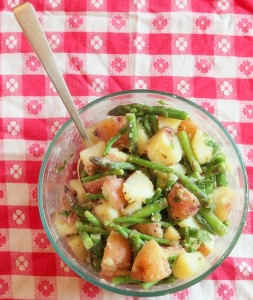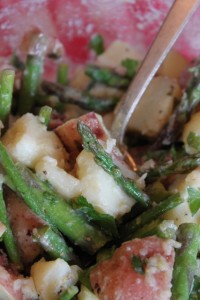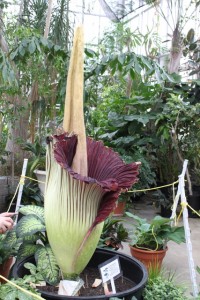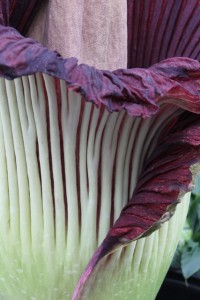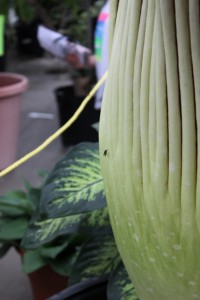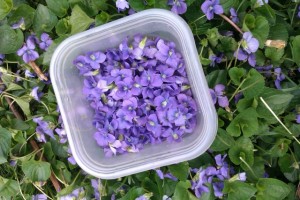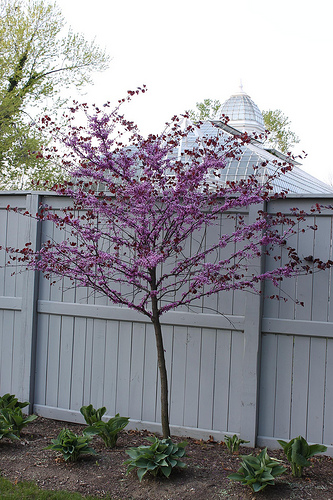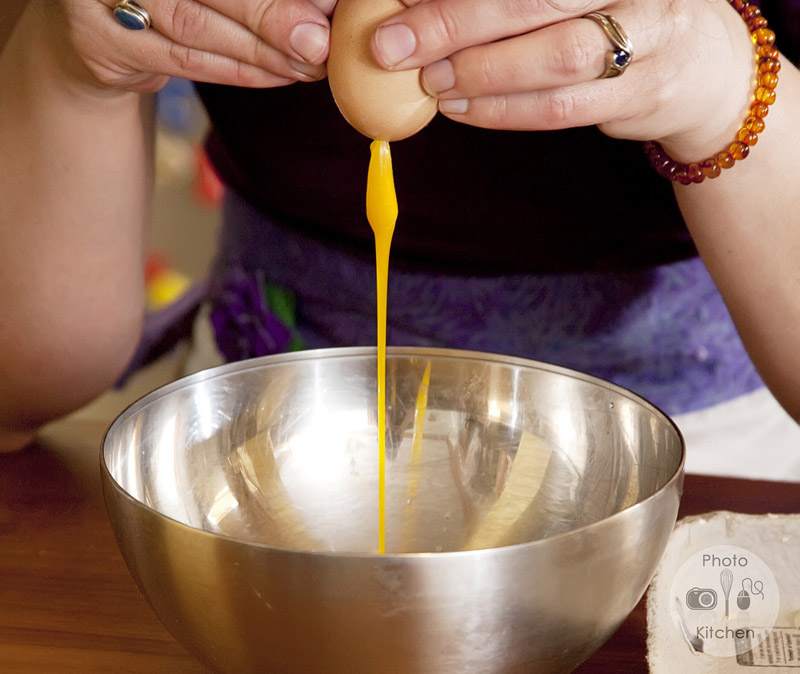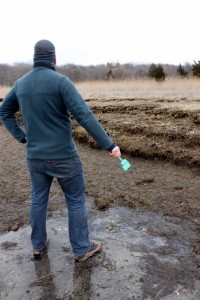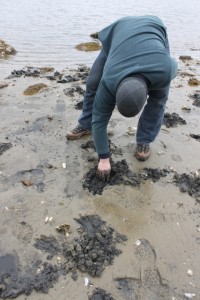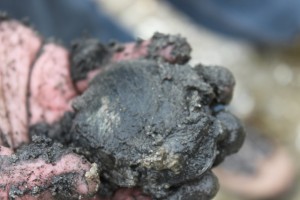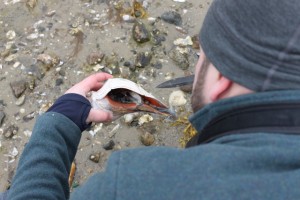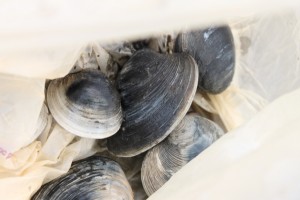I intended to post this for Friday Five but didn't hit the publish button. Oh well, pretend it's yesterday again.
This week was full of milestones at Hound Central.
 1) First time the three of us have slept under different roofs. On Wednesday night, Alex was in Fort Lauderdale for work, Lil was at my parents', and I was sleeping at home before waking up early for a flight to BlogHer Food '11.
1) First time the three of us have slept under different roofs. On Wednesday night, Alex was in Fort Lauderdale for work, Lil was at my parents', and I was sleeping at home before waking up early for a flight to BlogHer Food '11.
2) First lamb tartar. On Tuesday I had the pleasure of visiting Jorgensen Farm for an Ohio Lamb media event. It was inspiring to tour the farm, sample six dishes created with lamb, and see an amazingly detailed butchering demonstration. I will share more about the farm and lamb recipes soon.
3) Rachel's first ipod. The smart and generous people at Moe's Southwest Grill emailed me a few weeks ago to offer a ride from the airport to the conference hotel. The convenience and company were gifts enough, I thought. I was shocked to find that the swag bag included an ipod shuffle. Wow!
4) Lil's last day of preschool. After four years at the School for Young Children, Lil will be an alumna after Friday's class. We love this play based pre-school; Alex and I are presidents of the advisory committee. There are still a few spots available for children who are 3-5 years old. See their enrollment page to give your child and family a strong emotional foundation.
5) First moments of our homeschooling. After weighing options for Lil's education, we settled on homeschooling. We look forward to continuing our flexible, adventurous lifestyle while learning as a family.

